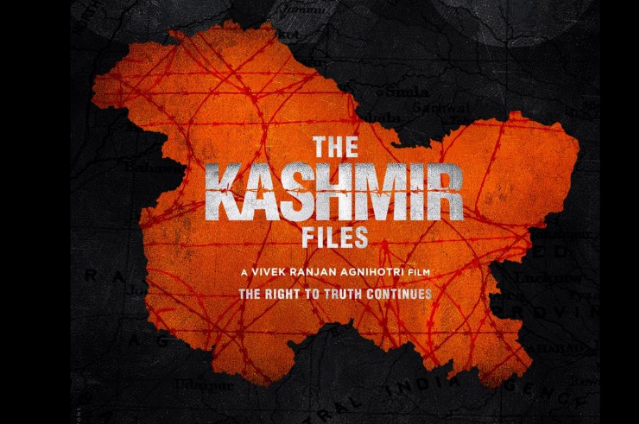The realm of historical films is a dynamic landscape, often blurring the lines between raising awareness and propagating a particular narrative. Two such films, "The Kashmir Files" and "The Kerala Story," have stirred controversy by allegedly presenting falsehoods without adequate factual substantiation. This article also delves into the intriguing statement "Facts are not facts," made by Vivek Agnihotri, the director of "The Kashmir Files," during an interview with Abhinandan Sekhri from Newslaundry.
"The Kashmir Files" and "The Kerala Story" Revisited:
Both "The Kashmir Files" and "The Kerala Story" have faced criticism for their portrayal of historical events and their potential omission of crucial facts. The films' directors have aimed to shine a light on sensitive political issues, but concerns have been raised about their fidelity to facts.
In "The Kashmir Files," critics argue that emotional storytelling might have overridden factual accuracy, leading to a selective representation of events. "The Kerala Story," too, has been criticized for simplifying complex political situations, which could result in a skewed perception among viewers.
Vivek Agnihotri's Statement - "Facts are not facts"
In an interview with Abhinandan Sekhri from Newslaundry, Vivek Agnihotri, the director of "The Kashmir Files," made a striking statement, saying, "Facts are not facts." This enigmatic assertion raises questions about the role of facts in political films and challenges the notion of objective reality.
Agnihotri's statement highlights the subjective interpretation that can permeate political discourse and cinematic storytelling. While facts themselves may remain constant, the emphasis placed on particular facts can lead to the creation of different narratives, each aligned with specific perspectives.
The Kerala Dilemma - "The False Claim Of 3200 Conversions"
The "Kerala Story," an incident that gained significant attention in media and public discourse, initially claimed that around 3200 women were forcibly converted to a different religion. The narrative sparked widespread outrage and concern, leading to calls for action and investigations. However, when pressed to provide concrete evidence to support their claims, the proponents of the story struggled to provide substantiated facts or documentation to verify the scale of the alleged conversions. This lack of concrete evidence raised doubts about the accuracy of the initial claim and prompted scepticism from various quarters.
As pressure mounted and the credibility of the initial assertion came under scrutiny, those responsible for propagating the narrative were faced with a challenging dilemma. Faced with the absence of robust evidence to back up the original claim, they eventually found themselves compelled to revise the number significantly downwards. Reluctantly, the initial estimate of 3200 converted women was revised down to just three women. This marked reduction in the claimed number of conversions only further undermined the credibility of the narrative and raised questions about the intentions behind its propagation.
The episode highlights the importance of substantiated evidence and responsible reporting in sensitive and contentious matters. It also serves as a cautionary tale about the potential consequences of spreading unverified or exaggerated claims, particularly in an age where information spreads rapidly and can have far-reaching implications for individuals, communities, and society as a whole.
Balancing Artistic Interpretation and Factual Integrity
This statement from Vivek Agnihotri "Facts are not facts" raises a crucial debate about the responsibility of filmmakers in presenting historical events accurately. While artistic interpretation is a legitimate tool, filmmakers bear the ethical duty to maintain a balance between artistic expression and factual representation.
Agnihotri's statement, while provocative, underscores the complex nature of political films, where historical accuracy can sometimes be sacrificed for dramatic impact or narrative alignment. Audiences, however, have a right to demand that filmmakers uphold truthfulness and integrity when dealing with real-world events and issues.
Claimed “historical” films like "The Kashmir Files" and "The Kerala Story" serve as reminders of the thin line that separates awareness campaigns from propaganda. Vivek Agnihotri's statement further complicates this landscape, emphasizing the malleability of information in the realm of political storytelling. As viewers, it is incumbent upon us to critically engage with such films, discerning between artistic interpretation and factual representation. By fostering a culture of informed scrutiny, we can ensure that political films contribute positively to public discourse while upholding the integrity of historical events.

